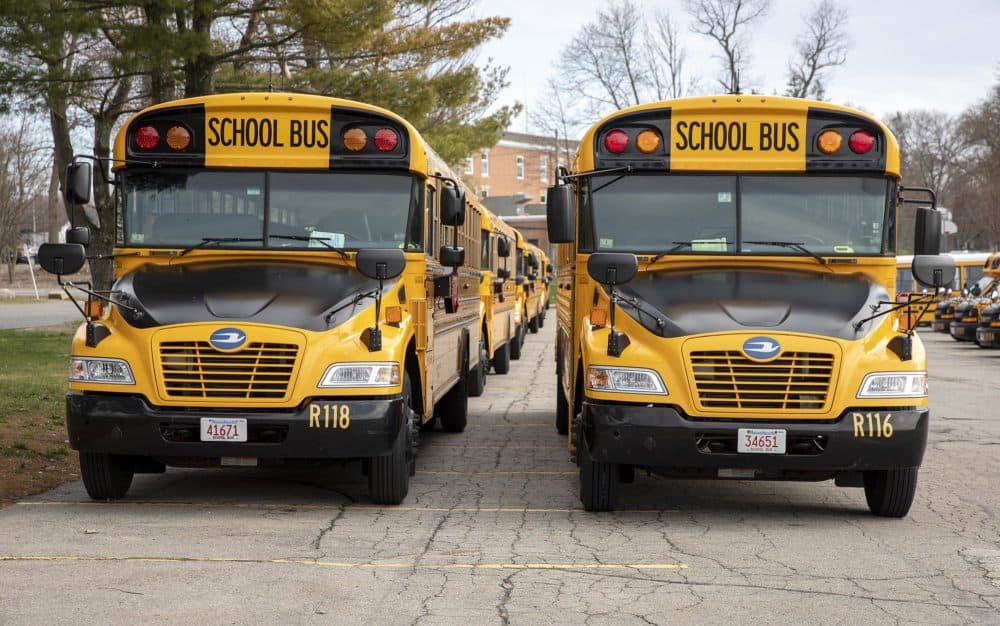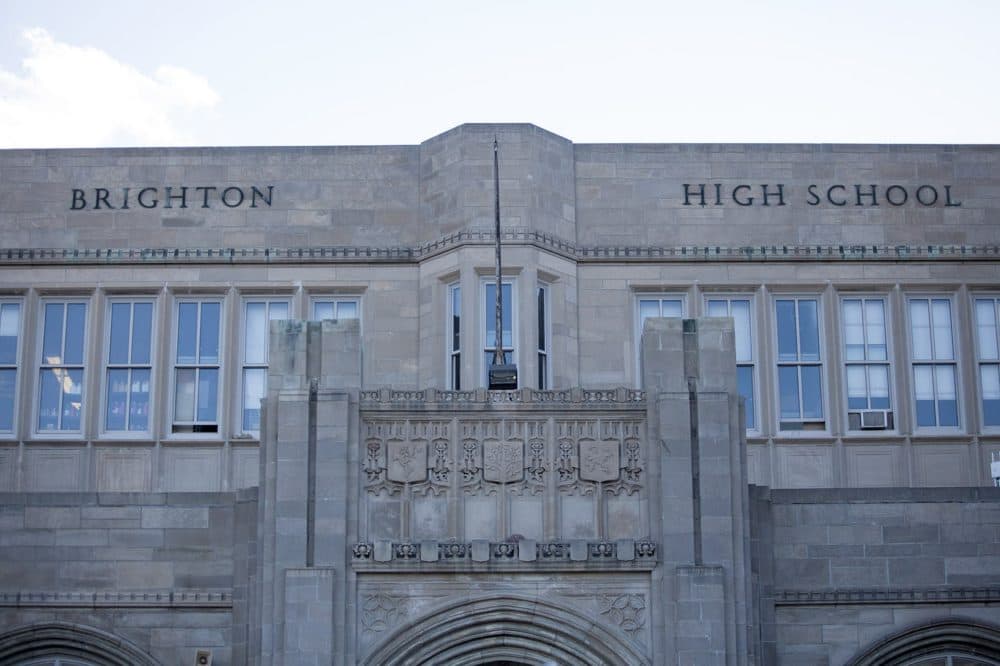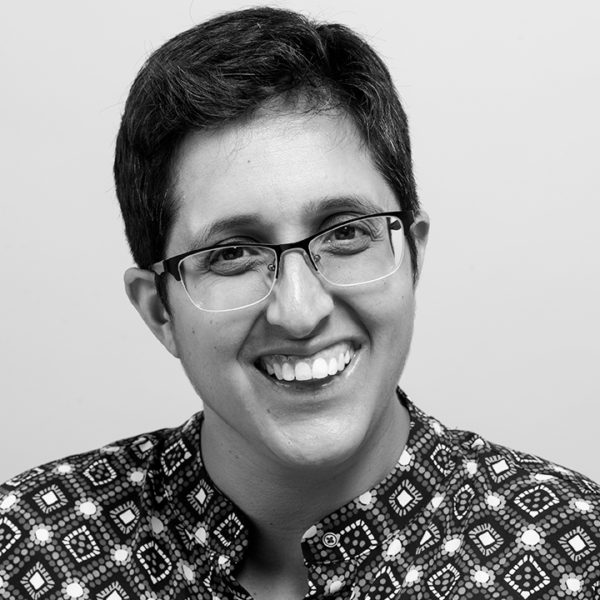Advertisement
Commentary
Why Landing On The 'Best Schools' List Is Not Something To Celebrate

This week, Boston Magazine released their annual list of the “Best Public High Schools in Greater Boston” — or rather, the best schools in the geographic vicinity in and around 495. The list measures 149 schools on the basis of things like class size, test scores and student-teacher ratio.
Number 1 on the list this year? Acton-Boxborough.
Number 149 on the list? Madison Park Technical Vocational High School. (Madison Park is in the Boston Public Schools, where I am a 17-year veteran teacher.)
Let’s consider these two schools side by side for a moment: At Acton-Boxborough, 7.1% of students fall in the category identified by the Massachusetts Department of Elementary and Secondary Education as “economically disadvantaged” — a term used to describe students who are eligible for free or reduced-price meals as determined under the school lunch act; who is in a household receiving SNAP or TANF assistance; or who is homeless, migrant or in foster care.
At Madison Park, 74.1% of students fall into the economically disadvantaged category.
At Acton-Boxborough, Black and Latinx students — those most affected by the twin pandemics of COVID-19 and systemic inequality, make up just 8.6% of the school population.
At Madison Park, 93.5% of the students are from the Black and Latinx communities.
For too long, parents in America have been sold a bad bill of goods: that a school’s quality is tied to how segregated it is.
While I’ve admittedly chosen the extremes to prove my point, if you go school-by-school, the data continues to bear out.
This list, while claiming to measure academic quality, is actually measuring other factors: segregation and inequality. Opportunity hoarding and exclusion.
In the context of these twin pandemics, we have to reckon with what these rankings tell us about our values, and with the underlying conditions that create them.
For too long, parents in America have been sold a bad bill of goods: that a school’s quality is tied to how segregated it is. That the more we concentrate affluence, and hoard resources, the better. And the effects of that narrative — school segregation and economic inequality — grow more intense each year. Our democracy, in turn, erodes even further.

Supreme Court Justice Thurgood Marshall wrote in 1974 — 17 years after the Brown decision came down, and the same year that court-mandated desegregation began in Boston, “Unless our children begin to learn together, there is little hope that our people will ever learn to live together.”
Yet, nearly 50 years later, here we are, with a list that lauds segregated educational environments.
Which leads me to wonder: what would it look like to interrogate the very existence of the “Best Schools” list — a list that completely ignores the realities of educational inequity?
What if, instead, we had lists that showcased the most integrated schools in our area? The schools that are making the most progress in supporting our most vulnerable students? The schools that live out the values of equity and inclusion in their day-to-day practice, instead of just in reports or committees whose recommendations never get enacted? What would it look like if our city, state and federal leaders proactively advanced an education agenda that rewarded those values, instead of reinforcing the values that have gotten us to this point?
Advertisement
Unless our children begin to learn together, there is little hope that our people will ever learn to live together.
Thurgood Marshall
At the end of the New York Times' podcast, “Nice White Parents”, which examines the impact of White, affluent parents’ choices around public education in Brooklyn, Chana Joffe-Walt says:
“Nice White parents can’t grab every advantage for our own children and also maintain our identity as good citizens who believe in equitable schools … We can choose to hoard resources and segregate ourselves and flee the moment things feel uncomfortable. Or we can choose to be the people we say we are. But we can’t have both. We can choose to remember the goal of public education is not to cater only to us, to keep us happy, but to serve every child. We’ve never had that school system, but we could demand it. We might not, but we should know it’s within our power to help create it.”
Asking for a different kind of “Best Schools” list, rooted in a different set of values — is one place to start.
